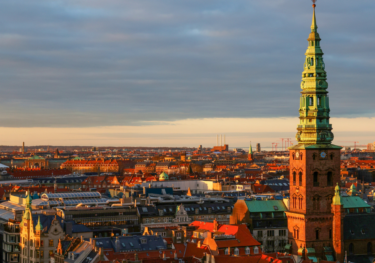London’s buildings stand in the way of rapid net zero
Over a third of London’s greenhouse gases arise from heating and lighting the capital’s residential buildings. Removing those emissions by 2050, let alone 2030, looks challenging. A large shift in government policies is likely to be needed, even though future changes in technology and relative costs may provide some help.
What you will learn:
- Our projections suggest that there will be 302,000 more households in London in 2030 than today, implying significant construction of new homes and other buildings. That itself will create greenhouse emissions.
- The really big challenge is to replace gas burning boilers and stoves in homes, and also in other buildings, such as offices and restaurants. Obstacles are both financial and practical. A wide range of support schemes exist, or have come and gone: but mostly with fairly small budgets.
- Other options include electric boilers, which have existed for decades, and area heat networks. The government is promoting the latter, but on a small scale.
- The Climate Change Committee suggests that nationally, 900,000 heat pumps a year must be installed from 2028 if the UK is to hit the government’s 2050 net zero target. That implies 113,000 a year in London. But the government’s target is roughly 48,000 installations a year in London, while the Mayor of London’s ambition is 215,000 heat pumps installed in London each year from 2026. All of these figures are at odds with past trends, and in terms of simple extrapolations, look implausible.

Tags:
Related Posts

Post
Europe: Copenhagen expected to lead the way in the Nordics
We are cautiously optimistic about the medium-term outlook for the Nordic cities, and we expect them to continue to outperform their European city peers, as they have typically done in the past.
Find Out More
Post
Housing has become less affordable across all US metros
Housing affordability has dropped significantly over the last five years in every major metro as house prices soared and mortgage rates nearly doubled.
Find Out More
Post
Americans are flocking to metros with a high risk of natural disasters
Instead of moving away from the riskiest regions of the country, people in the US continue to move into metros with high climate-related risks.
Find Out More